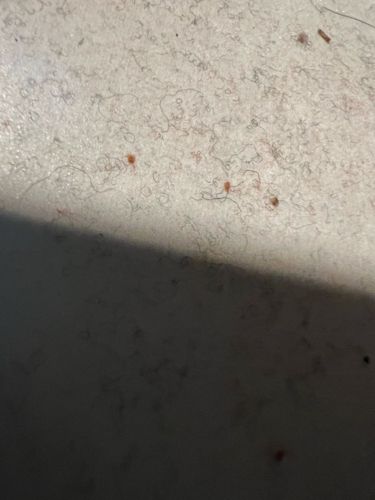Bird Mite
Scientific Name: Dermanyssus gallinae (most common, but other species exist like Ornithonyssus sylviarum)
Order & Family: Mesostigmata, Dermanyssidae
Size: 0.4 - 1.0 mm (unfed); up to 2.0 mm (engorged)

Natural Habitat
Nests and roosting areas of wild birds and poultry. Can invade homes, especially if a bird nest is nearby.
Diet & Feeding
Blood of birds. Can temporarily bite humans if their primary hosts are unavailable.
Behavior Patterns
Nocturnal feeders. They hide in cracks and crevices during the day and emerge at night to feed. They are often associated with bird nests, and when birds abandon a nest, the mites may migrate into nearby structures in search of a new host.
Risks & Benefits
Risks: Can cause itchy bites and skin irritation in humans (dermatitis), although they cannot reproduce on human blood. In poultry, they can cause anemia, decreased egg production, stress, and even death in severe infestations. They can also transmit diseases among birds. Benefits: None known for humans or ecosystems, although they are part of the natural faunal community associated with birds.
Identified on: 10/18/2025